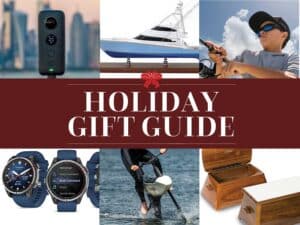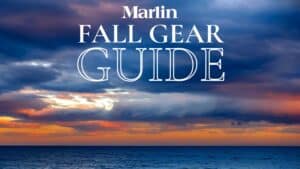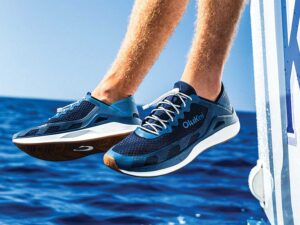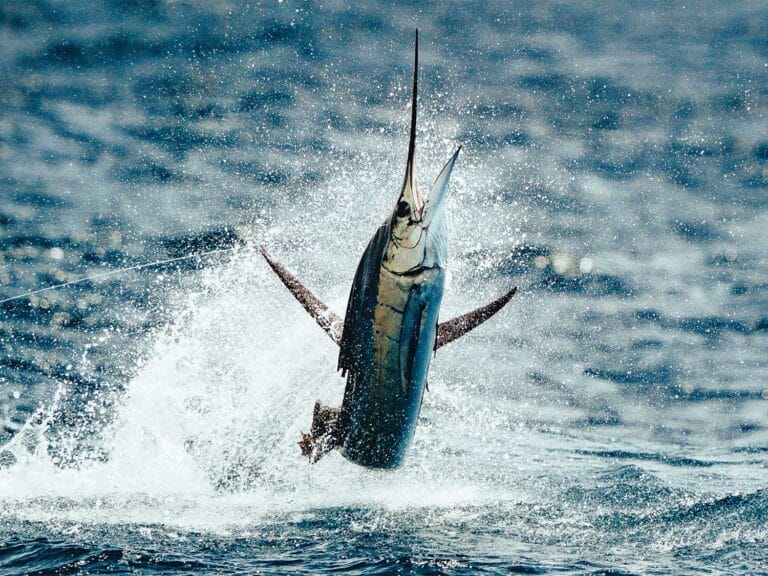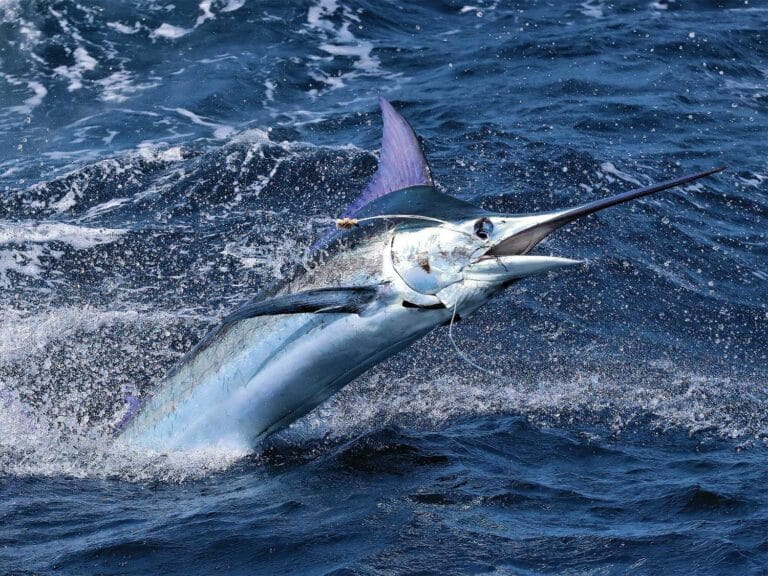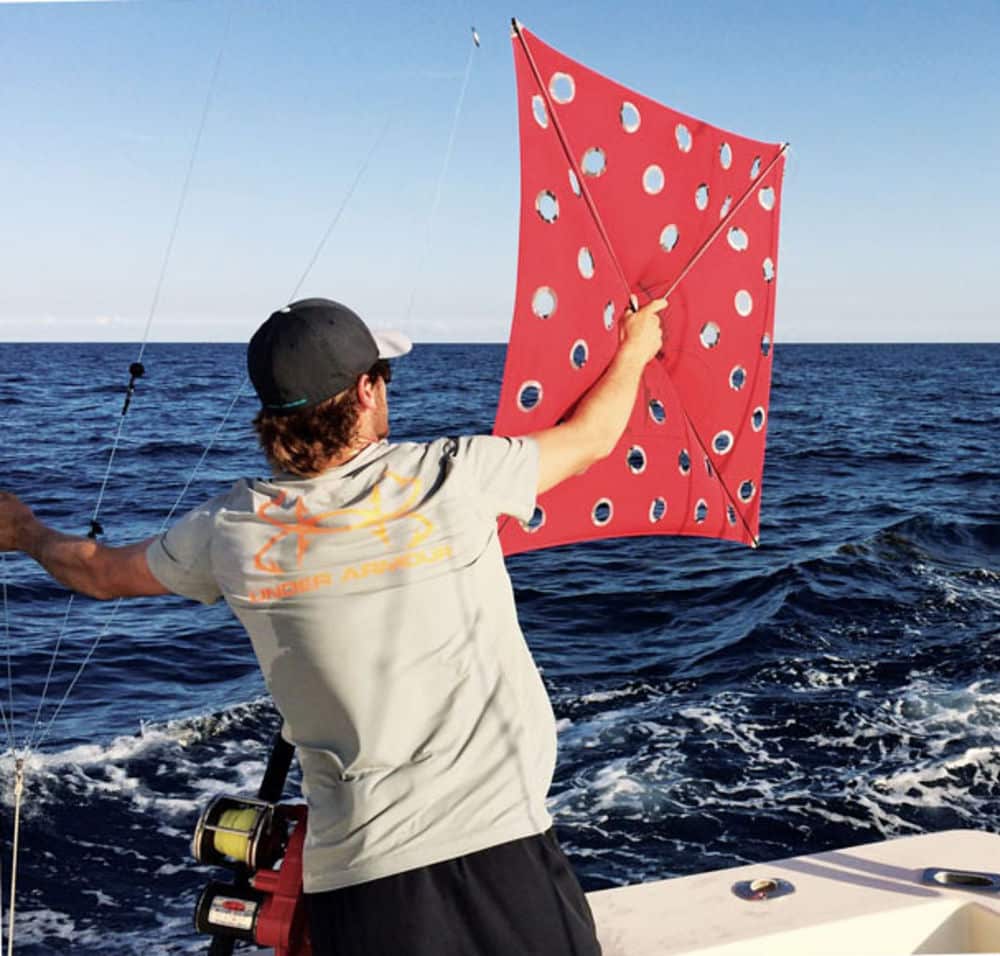
I have noticed when running the charter boat Blue Yonder out of Miami or fishing aboard other tournament boats that even experienced and well-oiled teams get a little rattled when fishing in heavy wind conditions. Typically most mates and anglers will get fancy firing out a spread on a regular day, but when the wind starts cranking greater than 25 mph, things get a little chaotic and the basics become even more important. As the captain, I have found it extremely important to pay extra attention to what is going on in the cockpit and to speak up since communication becomes more difficult the harder the wind blows. I have found the following tips extremely useful when kite-fishing in heavy wind.
If the wind is over 20 knots, we go with a Lewis Gale Force or an SFE Force 5. These kites have holes in them to reduce pressure on the kite reels and we always put a small balloon with a rubber band on the back of the kites just in case they decide to go swimming. For rigging, we use 80-pound braid for our kite line and pre-rig floss loops with decreasing diameters set at equal distances to “catch” the clip. We also find that jamming the clip on the floss keeps them from getting blown toward the kite. Because static electricity from storms can break kite lines with little or no pressure, we always have at least two pre-rigged 80-pound monofilament kite lines handy as well.
When it comes to baits, I have found that smaller baits don’t draw as much attention when the seas kick up and are far more difficult to fish. Goggle-eyes and large threadfin herring should be the go-to bait if possible because they last longer and are more willing to stay in the water. If they are not available, blue runners, large pilchards or Spanish sardines are the next best bet. Because multiple hookups are the norm rather than the exception on rough days, we make sure our reels are freshly spooled and don’t skimp on backing. We have over 1,000 yards of line on our 20-pound-class reels with 500 yards each of 30-pound braid and 20-pound monofilament on top. Also when putting together rigs, don’t be shy with lead; we have found that 2 to 4 ounces under the floats might be necessary when it’s rough.
